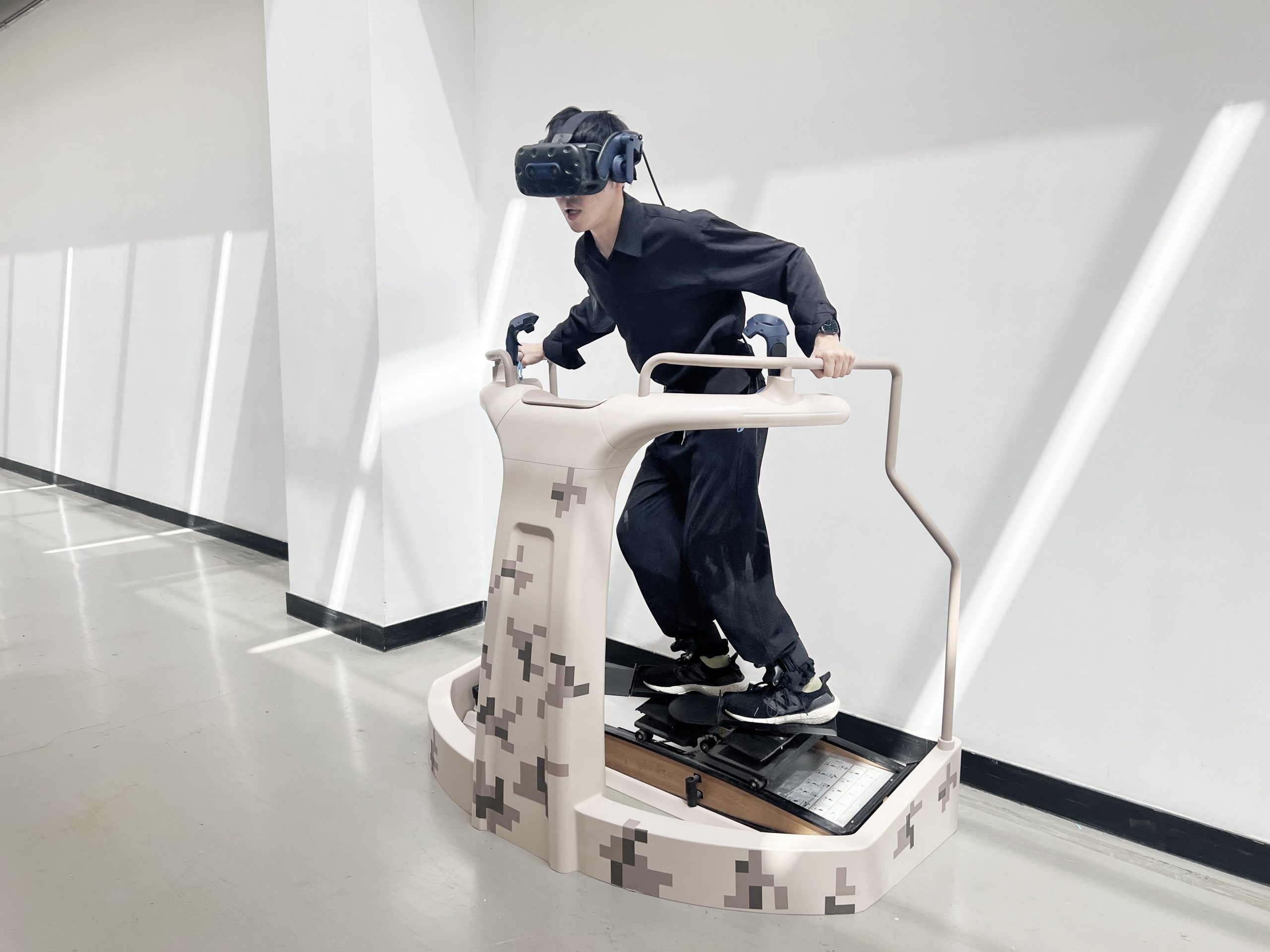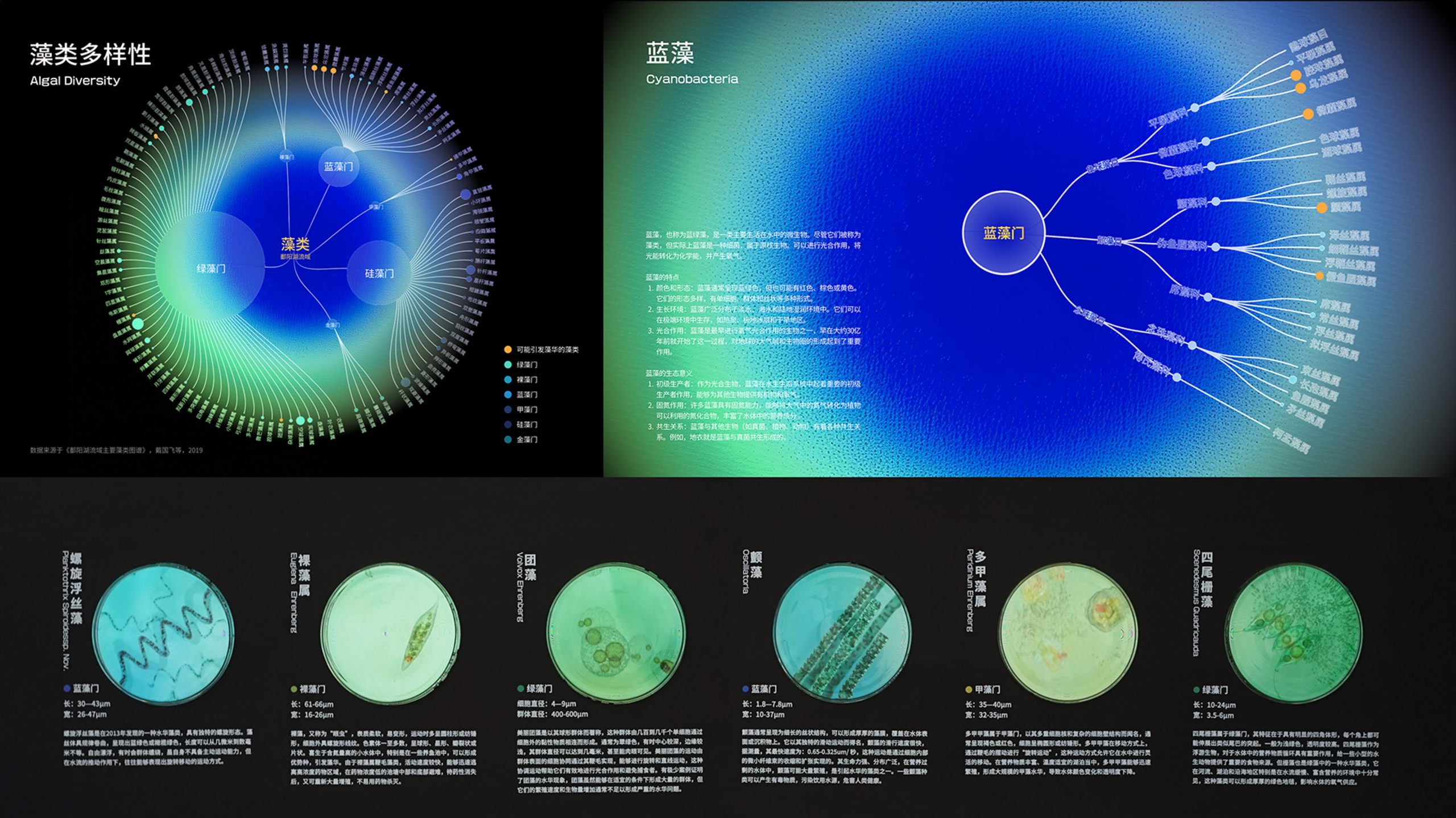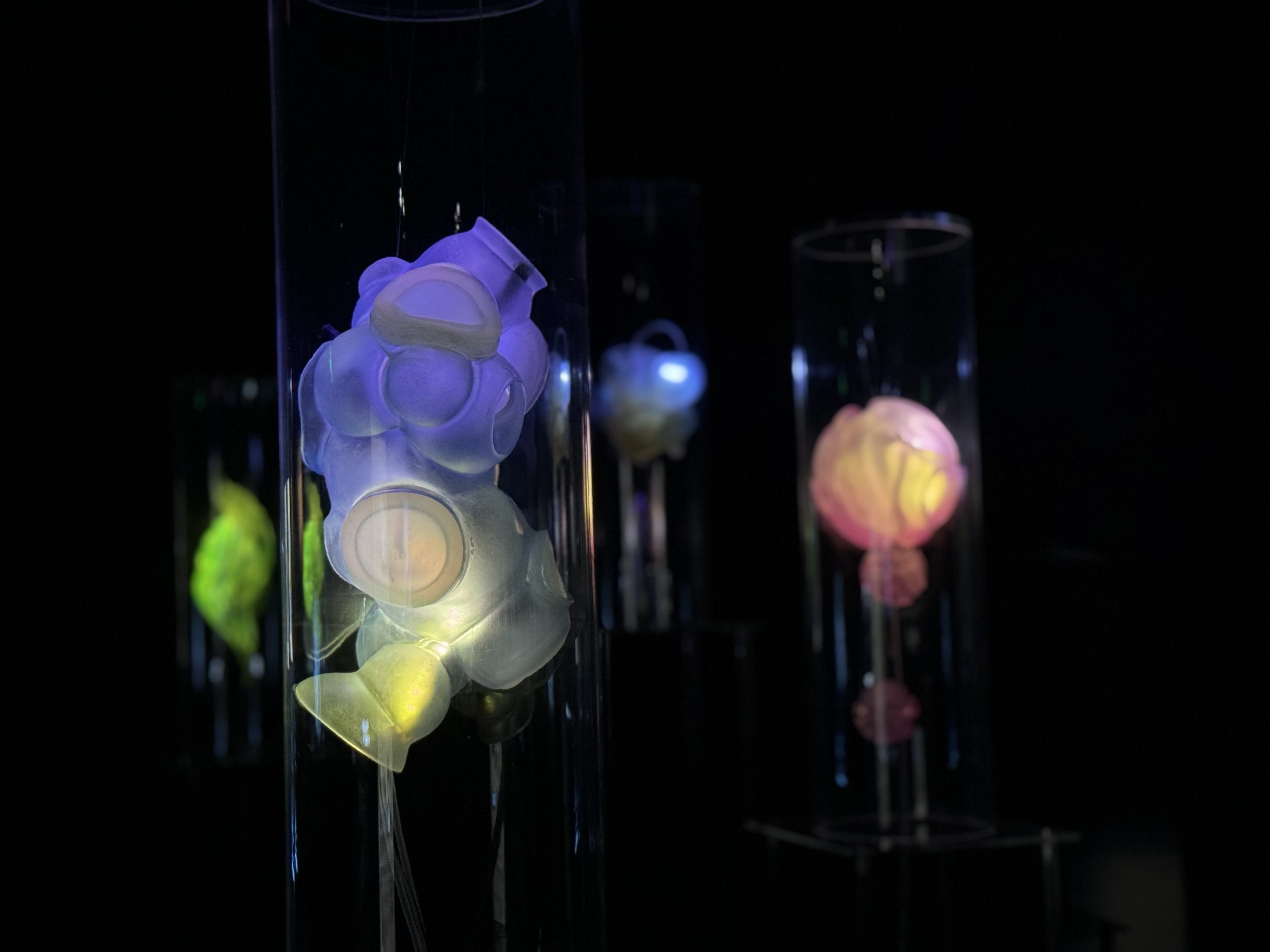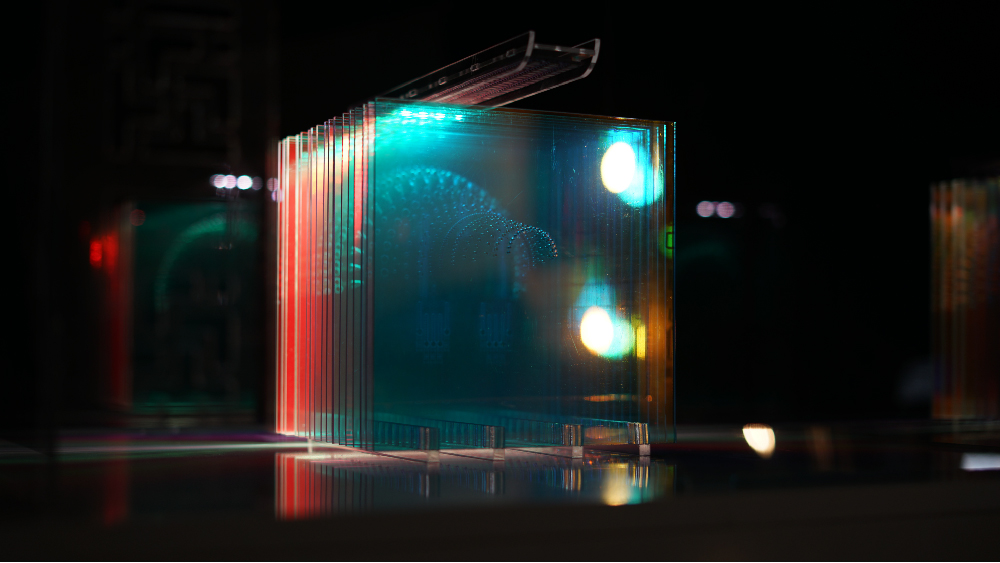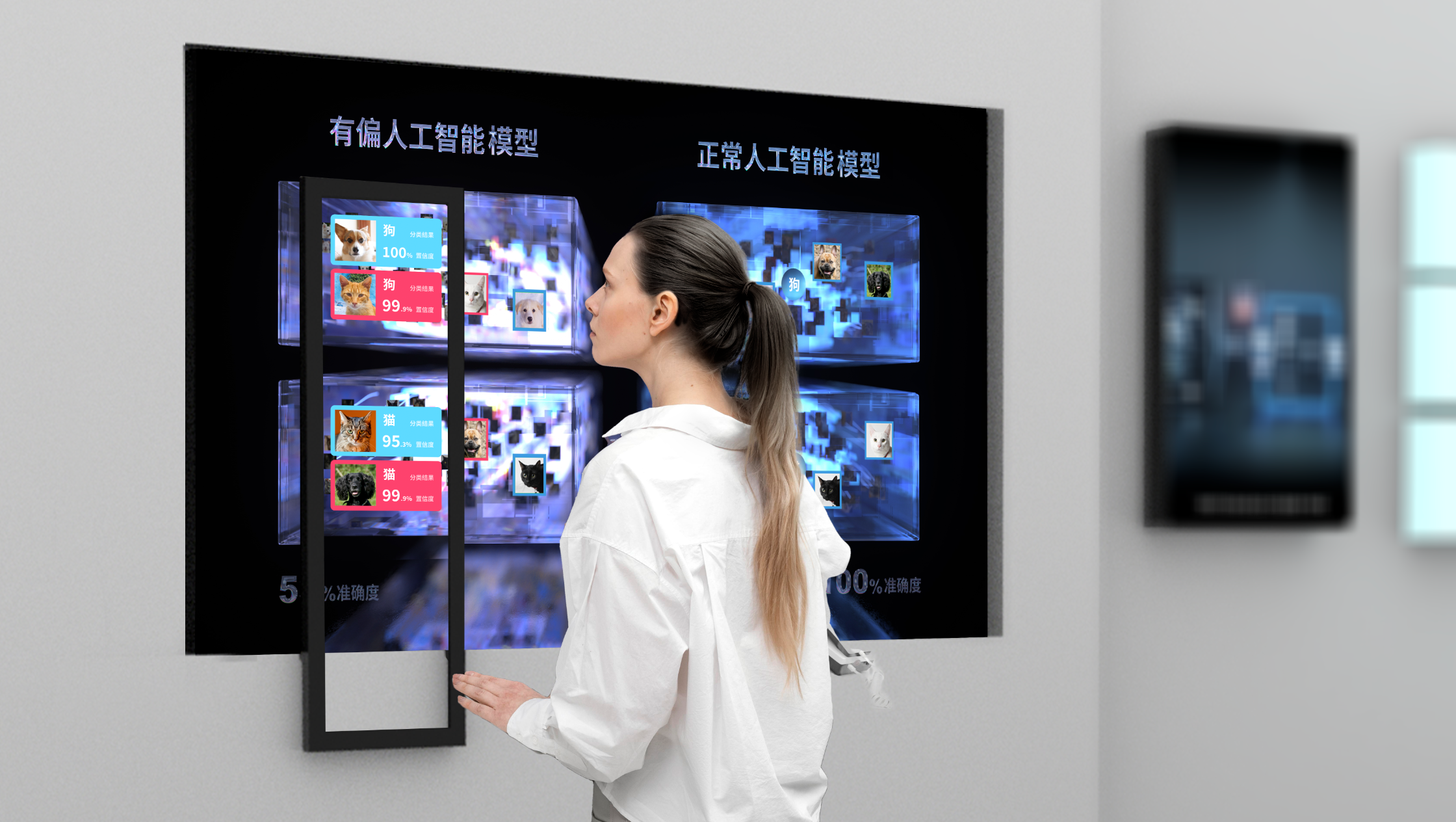BioForest:基于虚拟现实的生物反馈放松训练应用设计
本研究基于心率变异性(HRV)生物反馈疗法原理,设计了一款多感官交互式沉浸放松训练应用。
In the modern fast-paced living environment, people’s psychological pressure problems are increasingly prominent. Biofeedback relaxation training is an effective treatment to relieve stress. It enables users to learn how to adjust their physical and psychological activities to achieve the purpose of anti-stress treatment. Traditional biofeedback training systems mostly use graphs or numerical feedback forms. In order to make the feedback information more vivid and easy to understand, researchers at home and abroad have tried to display biological signals in various forms. In recent years, with the continuous maturity of interface technology, virtual reality technology has gradually been applied to the field of biofeedback relaxation training. However, the current research mainly uses the immersive features of virtual reality to construct a virtual relaxation environment, most of them only have audiovisual stimulation, the interaction and imagination of the environment are rarely discussed. How to integrate more sensory interactions in the environment to further improve the relaxation training effect is still an open problem to be solved.
This study designed a multi-sensory interactive immersive relaxation training application based on the principle of heart rate variability (HRV) biofeedback therapy. The main work includes: collecting HRV data at the user’s fingertips as an indicator to measure the degree of relaxation; controlling changes in the virtual forest environment as a metaphorical visualization of user relaxation; synthesizing guidance voice and sound effects to guide users to respiratory training to improve HRV; Create breathing particles as visual feedback for the user’s respiratory training; add haptic feedback of airflow in the real environment to enhance the user’s perception of “wind speed changes” in the virtual environment. At the same time, I discussed the principles that should be followed when designing virtual reality biofeedback applications from the dimensions of immersion and imagination, multi-modal interaction, virtual-real coupling and virtual-real isomorphism, which provides some new ideas for the design of personal biofeedback relaxation training systems in terms of information display and human-computer interaction.
Related Works
-
基于VR设备的军事冰雪训练装置设计
张兴, 2022-2023 -
层次化交互:借助漆艺有形界面探索非破坏性的数字工艺设计
董研, 于汉杰, 陈嫣然, 吴琼, 2023-2024 -
藻影:长江流域藻华现象的信息可视化装置设计
王婧, 吴琼, 王金烨, 2024 -
AICHO:同呼吸
王婧, 陈梦雨, 吴琼, 肖岚茜, 邱诗涵, 刘兆蕤, 胡若晨, 2023-2024 -
基于传统人字纹竹编工艺的交互装置设计 —— “流光透影”
张修格, 2023 -
观看京剧:基于《贵妃醉酒》的声音可视化装置
邱诗涵, 2023 -
AI为何犯错:解读“机器学习误分类问题“的可视化交互装置设计研究
肖岚茜, 吴琼,杨维铠, 王昊泽, 刘世霞, 2022-2023 -
基于气动结构的可变形照明装置设计
赵悦含, 2022-2023 -
神经递质多巴胺作用机制的科普设计研究
唐金瑞, 2022-2023
